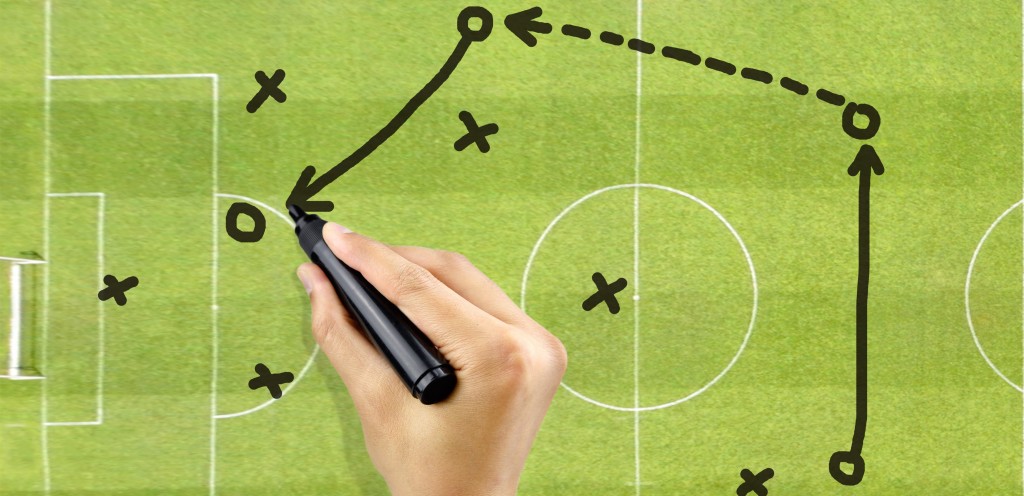When Your Role is to Coach Up in Your Organization
Often improvement team members are in the position of coaching someone who is a senior leader in the organization and who may even have positional authority over them. This can often be nerve-racking and make these coaches feel like they are not equipped to succeed.
Here are some ways to approach these coaching situations:
Know Your Role
It’s human instinct to respond with a solution when you listen to someone struggling with a problem. A coach needs to ensure that they stay in their role; a coach’s role is NOT to solve the problem, but rather to guide the learner through the thinking to solve it on their own. I truly believe that if you try to solve a problem as a coach you will rob the person you are coaching of the learning.
Coaches should have confidence in their foundational skills no matter where the learner is in the organizational chart. I have observed all too often that when an improvement team member needs to coach someone with positional authority they stray from the traditional coaching role because they let the learner’s power distract them from the job at hand.
Understanding the Learner’s Perspective
Executive leaders are responsible for problems of complexity and risk. They are comfortable making tough decisions with a broad reach of responsibility. A coaching relationship forms from the perspective of the learner, regardless of stature, and guides the learner through the process of discovery. When coaching up within the organization, a coach may not have had the same experience as the executive. making it more difficult for the coach to understand the learner’s perspective. It may take longer for the coach to increase their understanding and time may be constrained because of executive’s availability. Consequently, it’s important for coaches to prepare in advance to understand the executive’s preferred communication style and decision-making process. This is not only key in helping the coach get to know them, but it also sets the stage for the executive to be open to messages the coach wants to share. Coaches should be conscious of the executive’s interactions with others: Who do they seek out for input? Who effectively communicates with them today? How have they made decisions in the past?
Build the Relationship
It is critical that a coach works to build a strong relationship with the learner. In my experience, the process of building trust and relationship with a person who has positional authority can take longer than it does with a peer, however, the foundations are consistent.
Leaders want to be successful. Most likely, they are very clear on what that means for them personally and for the organization. So it’s important for coaches to take time to focus on understanding their leader and the leader’s goals. Coaches need to know theit leaders’ expectations of them as well. Listening to understand may be what they value most.
With clear understanding, coaches are able to share feedback to help learners see the gaps and give pause for reflection. The opportunity to decide whether or not to take action remains with the learner. Keeping feedback focused on observable efforts and progress towards the goal allows the learner to think through options. One helpful approach is to ask permission to give feedback or input, especially when working with a person with positional authority, such as “Sara, would you mind if I shared a different perspective on…” This is very respectful to the learner and can be the key to opening the door to a deeper relationship. It shows courage to be able to speak candidly but displays this courage with consideration for the learner.
Identify Coach Biases
When building a coaching relationship with a senior leader it can be valuable for a coach to identify their own biases. In other words, what beliefs or attitudes (about their own skills, the learner, the problem to be solved, etc.) may be interfering with their ability to be objective and open to assess the presenting opportunity? Beliefs are powerful influencers when it comes to behavior. If a coach lacks confidence in their experience or are intimidated by the learner, how might that show up in their coaching communication?
After each coaching session, it’s important for the coach to remember to take time to reflect on what went well and what did not. They can use the following questions to guide their refleciton: During the conversation, did I focus on the content or the coaching process? Who had ownership of the problem: coach or learner? Who did the majority of thinking about the problem? Were clear next steps established? Did I hesitate to ask clarifying questions because I felt it was ‘too basic’? What results did we get? What will I do differently next time?
We all feel pressure and experience struggles when we are coaching up in our organization. It is important to trust our skills as a coach and realize what our experience has taught us. Remember the role of the coach is to guide the learner through the process of thinking through the problem. The coach must ensure that the discussion focuses on the problem that needs to be solved while the learner sifts through options and countermeasures.
It’s easy to want to over-complicate the situation of coaching up, when really it can be as simple as staying focused on the learner and the coaching process.
Karen Flom
Catalysis Faculty
Related Items
Building Coaching Capabilities workshop
Principle-Based Executive Coaching
Book: Humble Inquiry, by Edgar Schein









Leave a Reply